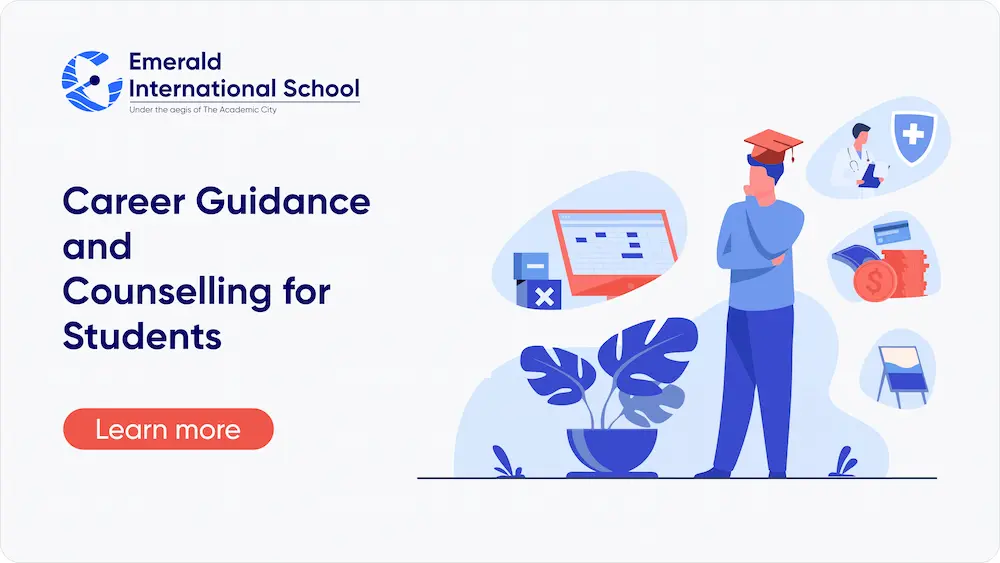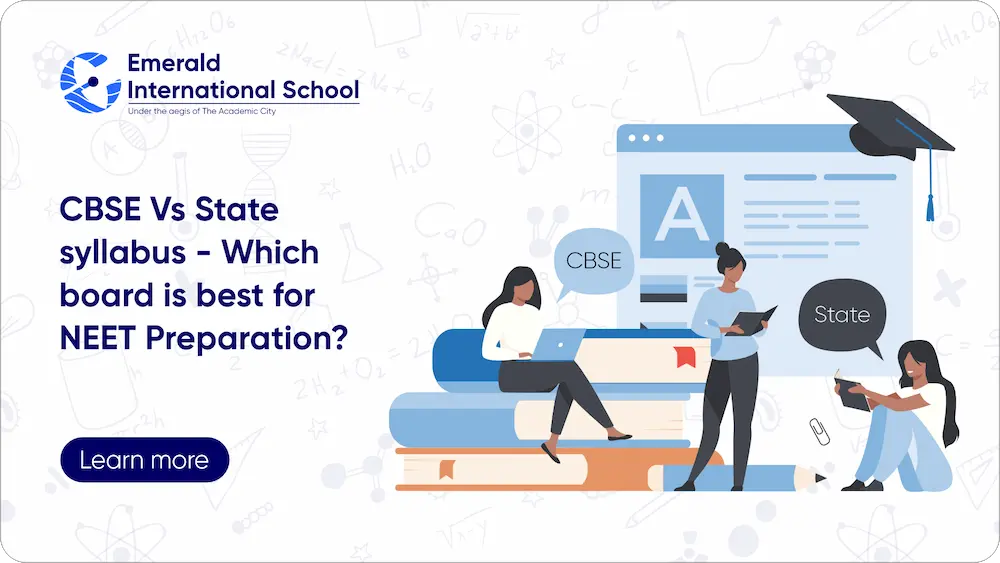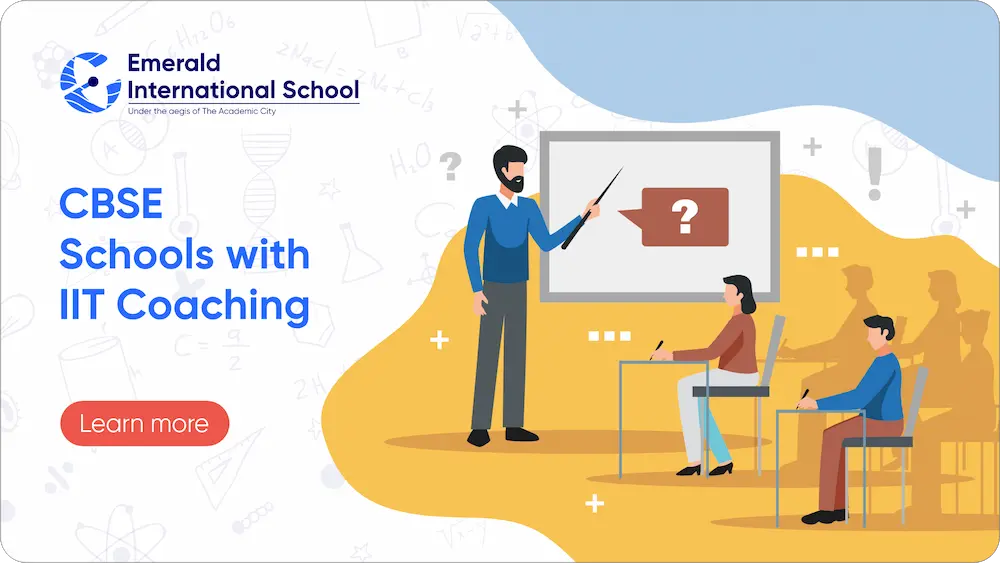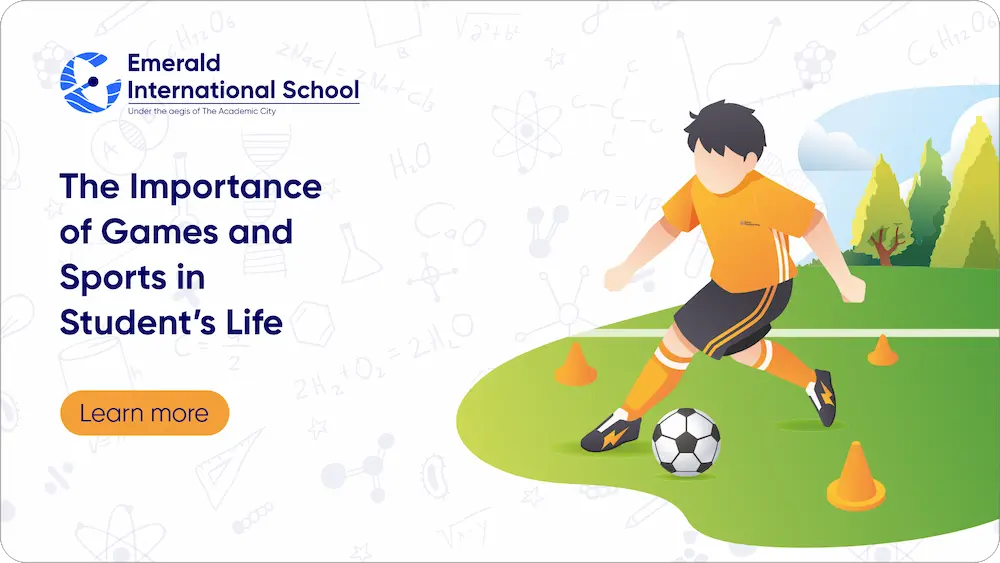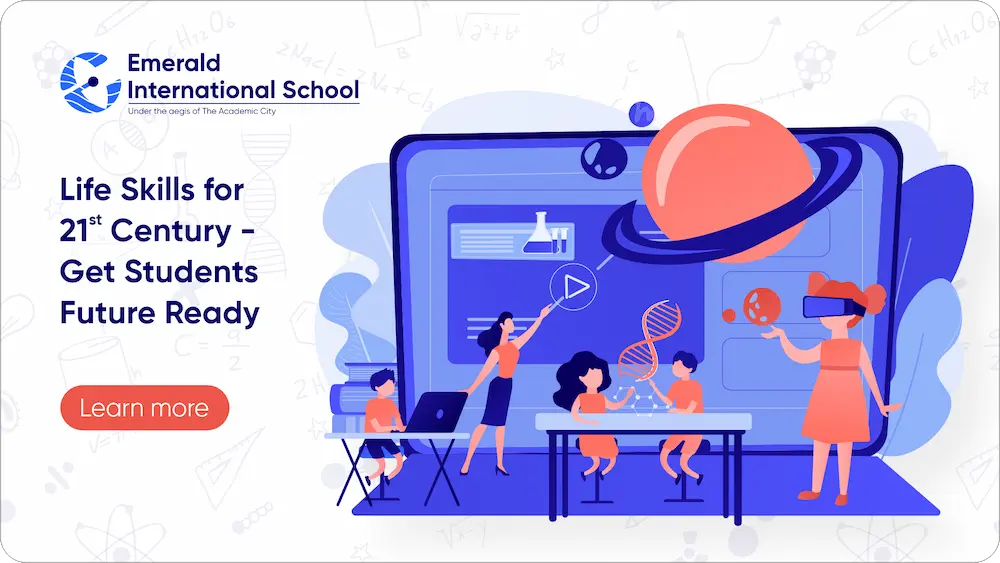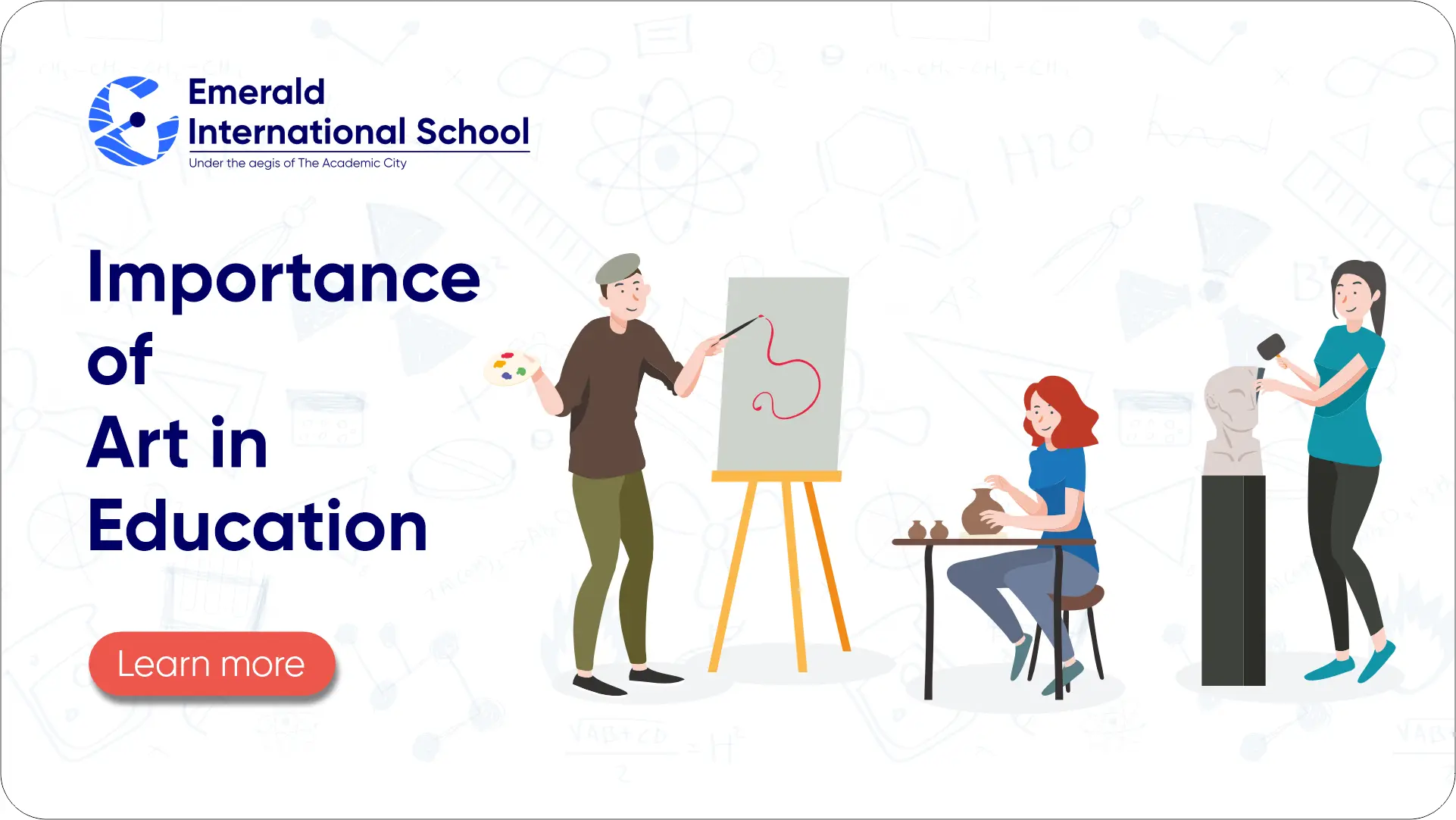What is holistic education, and why is it important for a child's overall growth?
The current practices in education and schooling can be broadly classified into two types. On the one hand, we have formal schooling, which is characterized by a structured approach to syllabus coverage, a strong academic focus, periodic assessments, predominantly classroom-based learning, and adherence to standards set by the boards. On the other hand, we have alternate education, which is more flexible, has a non-competitive environment, puts less stress on formal assessment and marks, encourages mixed-age group learning, and encourages inclusive learning.
While the traditional schooling system ensures standardization and uniformity in learning and academic excellence, alternate education provides flexibility and accepts individual paces in learning. However, on the flip side, because the traditional schooling system places importance only on academic achievement and neglects other areas of development, alternate education may not inculcate the necessary academic rigor and competitiveness.
What is Holistic Education?
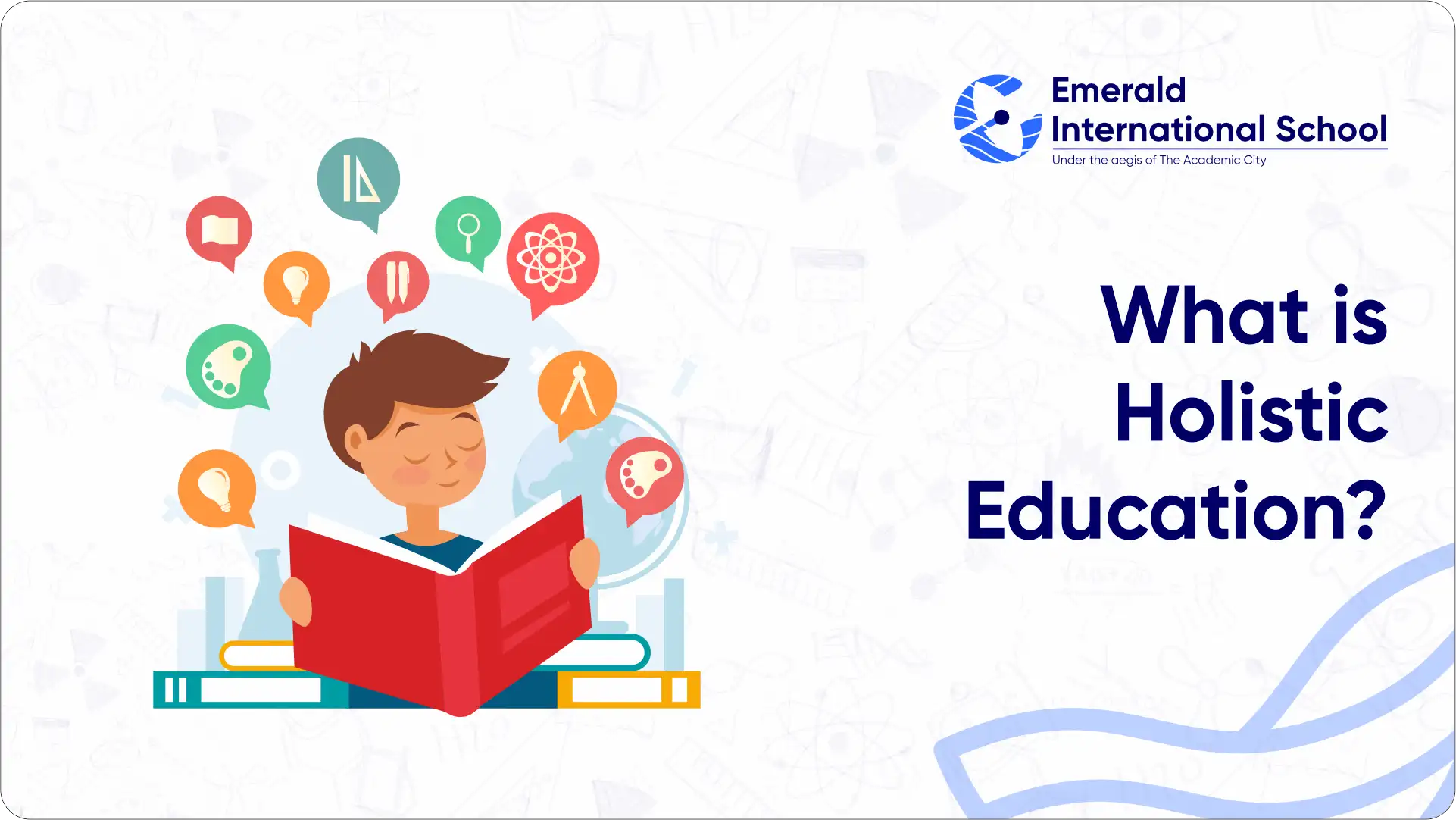
Holistic education in school is a comprehensive and multidisciplinary approach to learning that addresses all developmental needs of children: intellectual, academic, social, emotional, creative, physical, moral, and spiritual. It is aimed at nurturing the innate capacity of children and helping them become the best version of themselves so that they become well-rounded, socially responsible, morally virtuous, economically productive, and spiritually strong individuals. It seeks to bridge the gap between traditional schooling and alternative education and attempts to give children the best of both worlds.
The role of a teacher in providing holistic education
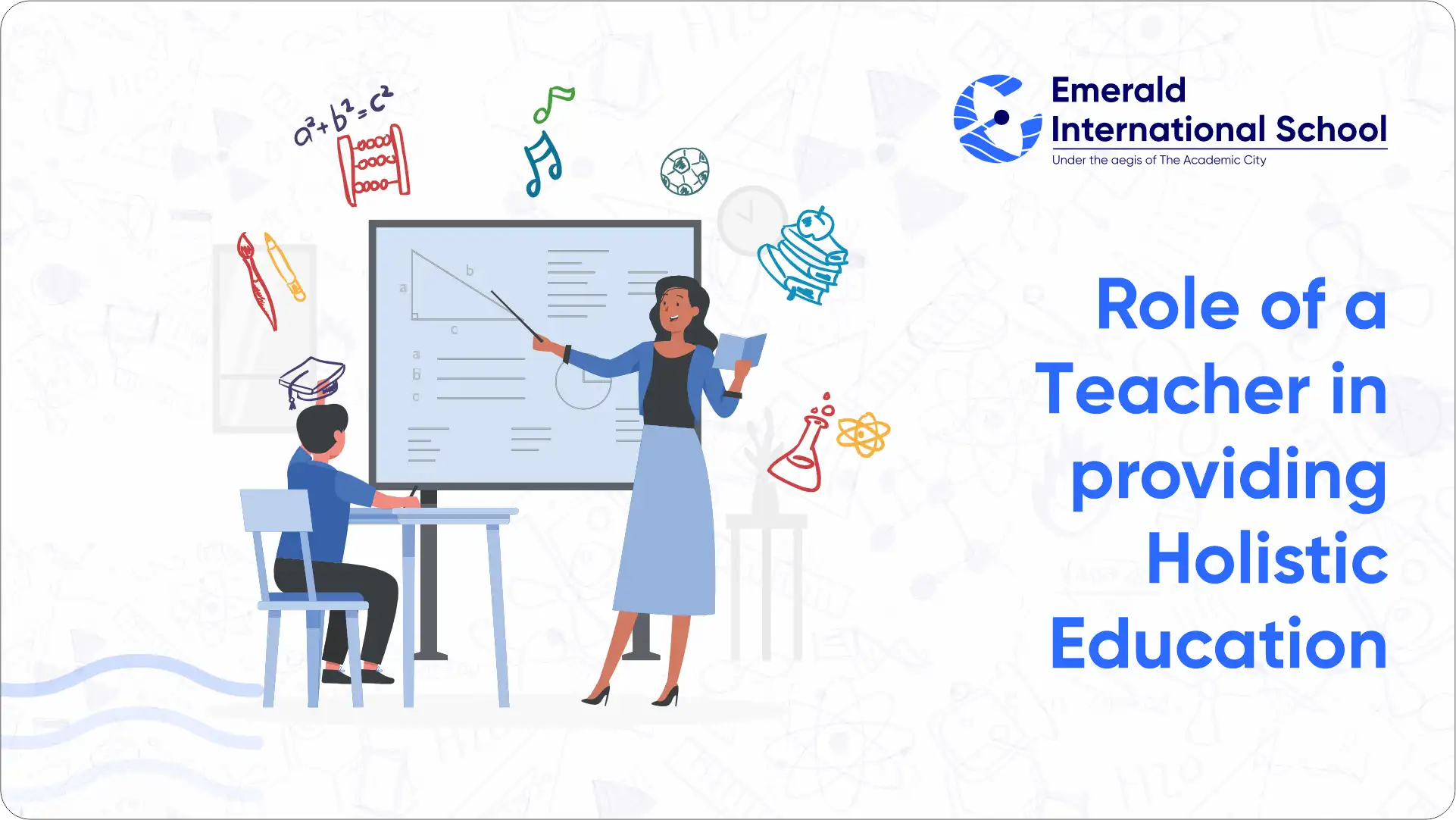
A teacher plays a pivotal role in turning the idea of holistic child development into reality. Apart from being duly qualified in her or his subject, a teacher should also play multiple roles as a mentor, guide, motivator, and confidant to children. Children spend most of their time in school with their teachers. While the teacher is entrusted with the responsibility of keeping a watch over her or his class, the fact of the matter is that her class is constantly watching her.
Teacher as a role model:
A teacher should personify what she or he intends to teach the class because children learn by observing adults.
Teacher as a mentor:
The teacher must be approachable, and students must look up to her or him to solve the concerns they have. She or he must build a strong bond with students to make them feel comfortable confiding in the teacher.
Teacher as facilitator:
The teacher must be a facilitator of learning rather than a content provider, thus leading the class toward self-guided and self-driven learning.
Role of a school in assuring Holistic education
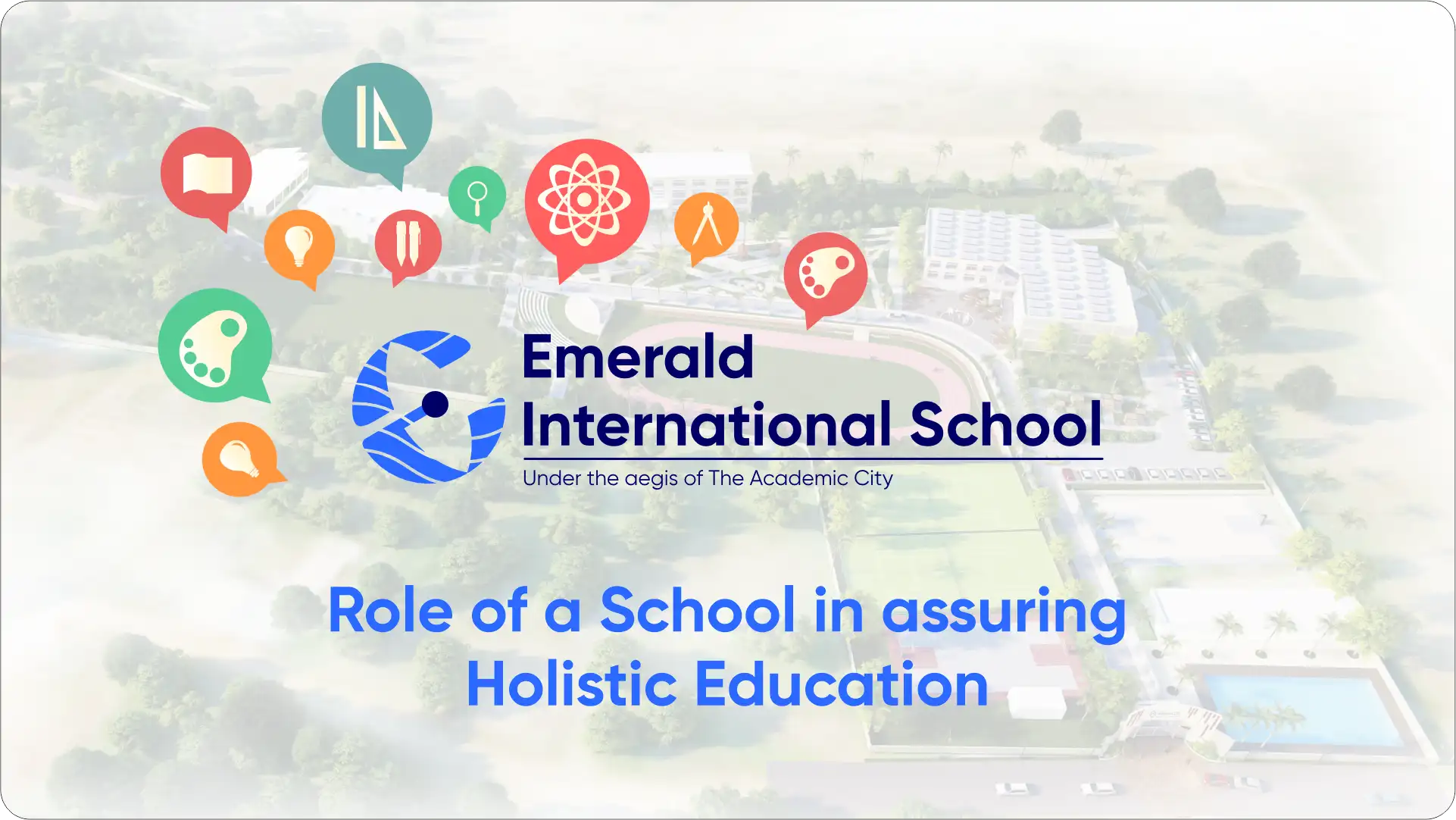
In today’s world, where nuclear families are the norm, both parents are working and traveling most of the time, and children have every sort of distraction from gadgets and the internet, the responsibility of nurturing young minds has fallen completely on schools. This is why parents focus a great deal on choosing the right school for their child. The role of schools in ensuring a holistic approach to the education of children can be broadly divided into two categories:
Great curriculum:
The school should create a curriculum aimed at holistic learning for children that allows enough time and space for not only academic development but also social, emotional, creative, physical, moral, and spiritual development. The lesson plans must adopt a multisensory approach to learning and have a good combination of classroom lessons, the use of audiovisual aid technology, hands-on activities, outdoor activities, simulations, projects, and assignments to accommodate all kinds of learners. It must encourage hands-on experiential learning through creative fusion, such as learning language through theater activities or mathematics through number games. Activities such as field trips to zoos, museums, planetariums, historic sites, etc., and community and social service must be built into the curriculum to focus on real-life learning.
Excellent infrastructure:
The school should provide the necessary infrastructure to support all kinds of activities in its holistic curriculum. Infrastructure should include a variety of sports and fitness facilities, space for other outdoor activities such as gardening, space for cultural activities, and equipment and tools for practical, hands-on learning to occur. The school must be equipped with facilities such as a laboratory, library, activity rooms, language labs, and maker’s space with tools and equipment to experiment.
Benefits of holistic education for child’s growth
Childhood is a window of opportunity when the human brain is extremely receptive to its environment. A “blueprint” or “operation's manual” is created unconsciously during childhood and serves as a guide during adult life. Childhood learning and experiences have an impact for a lifetime. Holistic development in early childhood creates the right “blueprint”, accelerates learning, and helps children thrive well later in life. The specific benefits are summarized below:
- Holistic education effectively addresses differences in individual learning styles by diversifying learning methods as a part of its curriculum. Thus, children with all learning styles can benefit, and nobody feels excluded. This fosters confidence and self-acceptance in children.
- Holistic education allows children to learn at their own pace. It allows greater degree of self-expression and thus allows children to pursue their natural inclinations. It helps children become the best versions of themselves.
- Children are active learners and seekers under a holistic learning model. Active learners are intrinsically motivated to learn and do not require extensive adult monitoring.
- A holistic approach to education helps with skill development. As it includes a variety of outdoor activities, community service, hands-on experimentation, projects, and assignments that not only enhance the learning of subjects but also indirectly foster the development of soft skills such as communication, leadership, teamwork, and negotiation.
- Holistic education focuses on character building and promotes value-based education, which is very important in preparing children for life. It builds qualities such as patience, compassion, resilience, and goal orientation, which help children face the inevitable challenges of life.
- The focus on physical activities, sports, and fitness instills a sense of well-being in children and imbibes the values of healthy living.
- While focusing well on the all-round development of the child, holistic education also places enough stress on academic progress and thus lays the necessary academic foundation required for entering professional degree courses and choosing the right career path for oneself.
Where can I find a school that provides holistic education?
As a parent, the onus of evaluating the offerings of a school to understand if it is truly dedicated to the cause of multidisciplinary and holistic value in education is solely upon you. This can be best done with a personal visit to the school.
We at Emerald International School encourage all our prospective parents to spend a day with us when they come in for an inquiry. They are encouraged to understand all the programs and activities of the school in detail, interact with teachers, go through extensive campus tours, interact with the principal, and get a firsthand experience of how the school’s vision is expressed on the ground. On your visit, you will be able to see firsthand that EIS follows a curriculum that brings to life all aspects of a holistic approach to education. The infrastructure includes various sports facilities, space for a variety of outdoor activities, a maker’s space, a library, a vegetarian kitchen, a hostel facility, and more. Each teacher working at Emerald International School is carefully handpicked through an extensive interview to suit the larger vision of the school. The school has an exclusive career guidance cell that ropes in activities and programs to nurture the natural inclination of children and guide them to turn it into fetching careers. In keeping with the goals of holistic learning, the schedule of children at school is filled with assignments, simulated learning activities, projects, trips, outdoor activities, relaxation, and entertainment.
Emerald International School, being a fully residential school by design, provides a better immersive learning experience for children and fosters overall growth. Choosing the right school is the best way to secure your child’s future. We invite you to visit our campus in Bengaluru!

